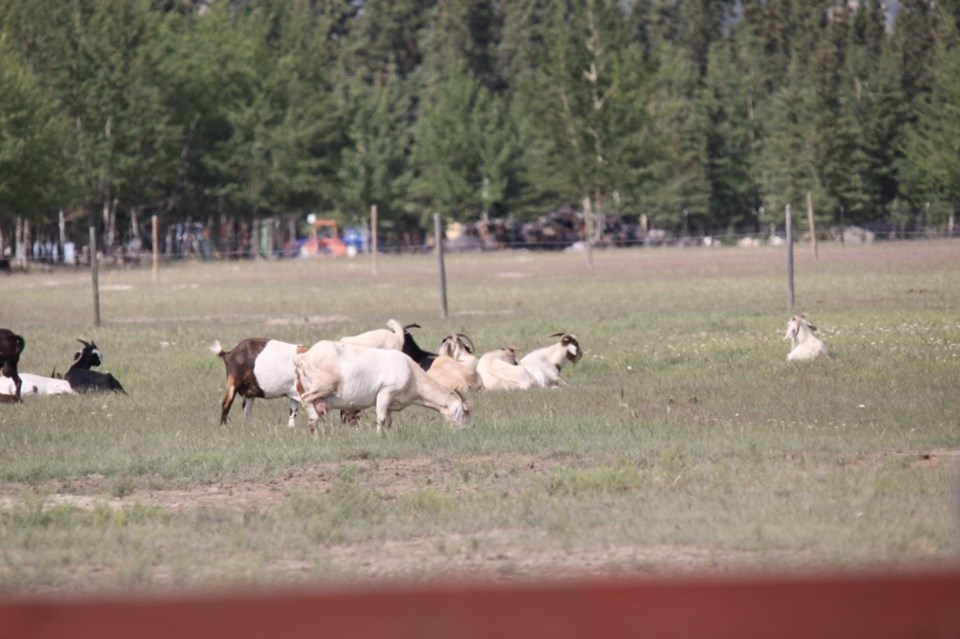Farming in the far north Yukon Territory sounds like an impossible mission but a small group of farmers grows food there for the local market
Yukon had 142 farms in the 2016 Census of Agriculture — a slight decline from the 2011 census.
Yukon farmers have a brilliant advantage — more than 45 days of 20 hours-sunlight days during the growing season to offset the short frame between seeding and snow.
Hay and livestock farmer Wayne Grove, operating 450 acres, told the Country Guide the sunlight is a big factor.
“When those plants start growing it’s like they’re in overdrive,” he said. “Our growing window is very short.”
With a 50-day growing season, harvest needs to start in mid-July. Seeding has to be in May, risking an early killing frost.
Average precipitation of 10.5 inches a year is evenly split between rain and snow.
Most of the farmers grow hay crops and raise livestock which includes cattle, sheep, turkeys, chickens, goats, rabbits, pigs, bison and elk.
Some grains are grown with 50 to 60 bushel an acre oat crops, 125 bushels for barley, on dry land.
The Yukon Agriculture Association promotes the industry which relies on direct sales by the farmers to consumers and food industry.
The Y BAR (Yukon Born and Raised) association label promotes replacement of imported fresh food.
Eating vegetables or meat in Yukon means hauling by truck 1,600 miles from Prince George, B.C. The transport cost adds radically to the price.
Plant-based crops range from fruit like haskaps, raspberries and saskatoons to potatoes, tomatoes, carrots, parsnips, beets and cabbage.
The 2016 Census of Agriculture shows the greenhouse area declined from 2011 by 40 per cent to 42,000 square feet. Most was in vegetables with the rest in flowers.
Travellers in the Yukon see roadside signs around the territory for fresh chickens, eggs, meat, and vegetables.
Farming in Yukon is not for the meek of heart or those with limited repair skills.
Long distances from suppliers and dealers means planning ahead and do-it-yourself machinery repairs. Surplus machine parts that break often need to be stocked to avoid losses.
“I’ve seen a guy who had a $6 bearing go on his baler and he lost $30,000 worth of hay because he missed the (harvest) window and it rained,” says Grove.
Yukon farmers need the right attitude and a passion for the business.
About 70 per cent of Yukon farmers work off farm, almost double the national average.
The Yukon does not have land for homesteaders. The government sets a price, sells the land and the buyer is responsible for clearing.
The Northwest Territories had 16 farms in 2016.
Ron Walter can be reached at [email protected]




